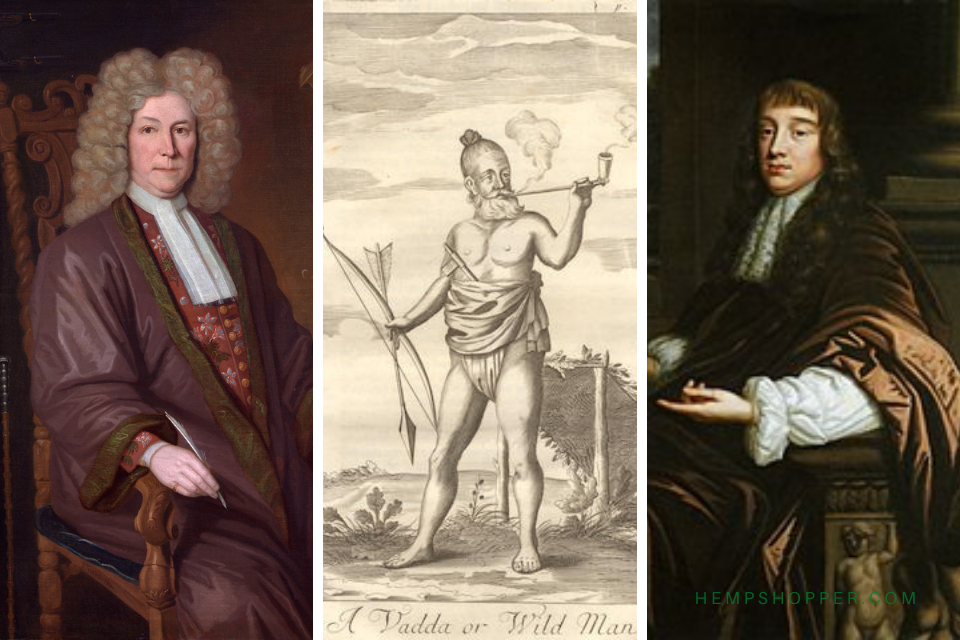800-600 BCE: The origins of cannabis smoking: the earliest evidence

800-600 BCE: The origins of cannabis smoking: the earliest evidence.
The origins of cannabis smoking: The earliest evidence for cannabis consumption discovered in Central Asia.
According to an recent article in the journal Science Advances, traces of potent pot were identified in 2,500-year-old wooden artifacts buried with people who lived along the Silk Road.
An international team of researchers analyzed the interiors and contents of 10 wooden bowls excavated from burials at Jirzankal Cemetery, a site on the Pamir Plateau in what is now far-western China.
When chemical analysis of the bowls revealed that nine of the ten once contained cannabis, the researchers compared the chemical signature of the samples against those of cannabis plants discovered 1,000 miles to the east at Jiayi Cemetery, in burials dating from the eighth to the sixth century B.C.
They saw that the Jirzankal cannabis had something the Jiayi hemp did not: Molecular remnants of tetrahydrocannabinol, or THC—the chemical responsible for cannabis’ psychoactive effects. The strain of cannabis found at Jiayi does not contain THC, and would have been primarily been used as a source of fiber for clothing and rope, as well as nutrient-rich oilseed.


 Hempshopper Amsterdam
Hempshopper Amsterdam 






